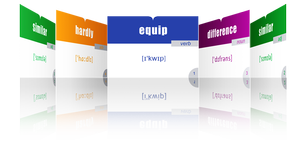SCIENCE-JUPITER
- Подробности
- 78
Jupiter is the fifth planet from the Sun and the largest. It is a gas giant of hydrogen and helium. One day is about 10 hours, one year about 12 years. Its air has colorful bands and a big storm called the Great Red Spot. It has many moons—especially Io, Europa, Ganymede, and Callisto.
JUPITER

Jupiter formed about 4.5 billion years ago. It is the fifth planet from the Sun and the largest in the Solar System. The average distance is 5.20 AU (about 778 million km).
Size: the diameter of Jupiter is about 139,822 km, which is about 11 times wider than Earth. Its mass is about 318 times that of Earth. Orbit: Jupiter takes about 11.86 Earth years to go once around the Sun. Rotation: it spins very fast, completing one turn in only 9 h 56 m — the shortest day of any planet. Because it is a gas giant, its solar day is basically the same, less than 10 hours. Its axial tilt is small, only about 3.1°, so it has almost no seasons.
Temperature: in the tops of the clouds the average is about 110 K (~−145 °C). Deeper inside, temperatures rise to thousands of degrees as pressure turns hydrogen into liquid metallic hydrogen. Atmosphere: Jupiter is made mostly of hydrogen and helium, with traces of methane, ammonia, and water vapor. Strong jet streams create light zones and dark belts, and the famous Great Red Spot is a giant storm larger than Earth that has lasted for centuries.
Magnetic field: Jupiter has the strongest magnetosphere of any planet, stretching millions of km into space. It produces powerful radiation belts and bright auroras at the poles. Jupiter also has a faint ring system made of dark dust. As a gas giant, it has no solid surface, but its dynamic cloud layers reveal storms, vortices, and rapid winds.
Moons: Jupiter has at least 95 known moons. The four largest are the Galilean moons: Io (the most volcanic world), Europa (covered with ice, with a likely subsurface ocean), Ganymede (the largest moon in the Solar System, larger than Mercury, with its own magnetic field), and Callisto (heavily cratered and ancient). Life: Jupiter itself cannot support life, but scientists think Europa’s ocean may provide conditions where life could exist.
LISTEN TO THE TEXT




